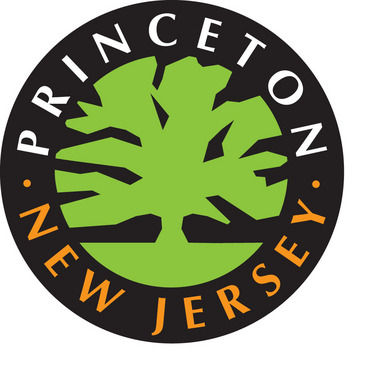By Philip Sean Curran, Staff Writer
Property owners in Princeton will not need permission from the town to cut down Ash trees that either are or will be infested with a tree-killing beetle.
They still will have to notify the municipal arborist, by filing a tree removal permit, but they will not have to pay the $40 permit fee or replace the trees they are cutting down, according to the municipality.
“I have a lot of requests already for Ash trees coming now,” arborist Lorraine Konopka on Monday told the Princeton Council, with officials poised in two weeks to vote to lift restrictions on removing Ash trees eight inches or greater in diameter. There are no restrictions for trees smaller than that.
The steps are the town’s way to address the effects of the Emerald Ash Borer, a non-native insect first noted in Michigan more than a decade ago and now making its way eastward. The state Department of Agriculture has said infestations of the beetle have killed “tens of millions of trees” in the U.S. and Canada since 2002.
The first confirmed finding of the bug in New Jersey was in 2014, in Somerset County, in Bridgewater; it also has been found in Bergen, Burlington, Essex, Hunterdon, Mercer, Middlesex and Monmouth counties, according to the state. The Ash Borer is in Princeton, as seven beetles were caught in a trap on River Road this past spring, according to the town.
Princeton is home to thousands of Ash trees, on public and private land, scattered around the municipality; some 99 percent of those will die as a result of the infestation. The loss will be visible throughout the community, given how Princeton has 1,900 Ash trees alone on the streetscapes in the municipal right of way.
“It’s devastating,” said Janet Stern, a member on the municipal Shade Tree Commission, by phone on Tuesday.
By requiring a permit application, the town will have a way to ensure residents are not mistakenly taking down a different species of tree that they think is an Ash. Councilman Bernard P. Miller said Monday that, when the leaves are off the tree, it takes a “trained eye” to determine whether it is an Ash or not.
The town will not block residents from taking down Ash trees, officials said.
“We’re going to allow people to do it,” Ms. Konopka said, “but we just want to be sure we know what they’re doing.”
The exemption for the Ash has a sunset provision that ends in 2026, with the town re-evaluating the situation after that.
Ms. Stern said the state is recommending that property owners try to save as many “high value” Ash trees — or big and strong specimens — by injecting the tree with a chemical that kills the larvae of the Ash Borer. She said the state also recommends cutting down other smaller trees, which are easier and cheaper to remove.
The town, she continued, is urging residents to replace at least 10 percent of the trees they are taking down. But the municipality is not mandating their replacement, given the cost burden residents will carry to take down trees, which can cost thousands of dollars depending on how many trees need to be removed.
Yet there are safety considerations in taking early action to remove a tree now rather delay.
“If you wait until the tree is dead,” Ms. Stern said, “Ash trees are known to become more brittle as they deteriorate” making them more dangerous.

